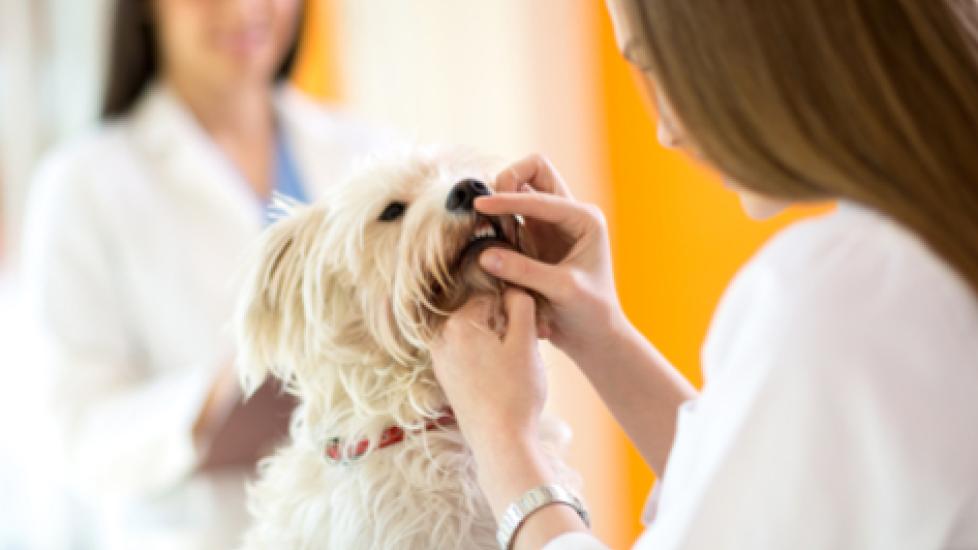Dogs, with their wagging tails and unconditional love, are not only our beloved companions but also a reflection of the care we provide them. However, like any living creature, dogs can develop health issues that require our attention. One such concern is oral cysts, which can be particularly challenging for pet owners to detect and address due to their location within the mouth. This article aims to shed light on these common yet often overlooked conditions, providing insights into prevention, detection, treatment options, and post-operative care.
Oral cysts form when fluid accumulates inside sacs or pouches within the tissues lining the dog’s mouth. They may arise anywhere from the lips to the throat, but they most commonly occur in the cheeks, gums, and palate. The causes of oral cysts are diverse; some could be congenital, while others might result from chronic inflammation or dental disease. Regardless of origin, these growths can lead to discomfort, infection, and potentially life-threatening complications if left untreated.
Early diagnosis is crucial for effective management of oral cysts. Pet parents should look out for signs such as excessive drooling, difficulty chewing food, bad breath, bleeding from the mouth, or swelling around the jawline. If you notice any of these symptoms, it is imperative to schedule an appointment with your veterinarian immediately. During the examination, the vet will likely use X-rays, ultrasound imaging, or even CT scans to locate the presence of cysts and assess their size and severity.
Once diagnosed, treatment typically involves surgical removal of the cyst(s) under general anesthesia. This procedure requires skilled hands and meticulous planning to ensure minimal trauma and optimal healing outcomes. Depending on the extent of the condition, additional surgeries might be necessary to remove affected teeth or tissue. It is essential to follow up with regular check-ups to monitor for recurrence or secondary infections.
Post-operatively, diligent care is key to promoting swift recovery. Your furry friend will need a quiet environment to rest and recuperate without stress. A soft diet is recommended during this period to minimize pain and promote healing. Additionally, close observation of incision sites for signs of redness, swelling, or discharge is critical. Should any complications arise, immediate veterinary intervention is warranted.
Prevention plays a pivotal role in maintaining your dog’s overall well-being. Regular brushing of your dog’s teeth coupled with professional cleanings at least once a year can help reduce plaque buildup and the risk of developing inflammatory diseases that contribute to oral cysts. Furthermore, feeding a balanced diet rich in fiber and avoiding high sugar treats can support good gut health, which positively influences oral hygiene. Finally, routine visits to the vet allow early identification of potential problems before they escalate.
In conclusion, treating oral cysts in dogs demands vigilance, prompt action, and ongoing commitment. By recognizing the importance of preventive measures and being proactive about seeking veterinary advice, we can create a nurturing environment where our four-legged friends thrive. Let us pledge to give our pets the best possible chance at a healthy and happy life by keeping a watchful eye on their oral health.
